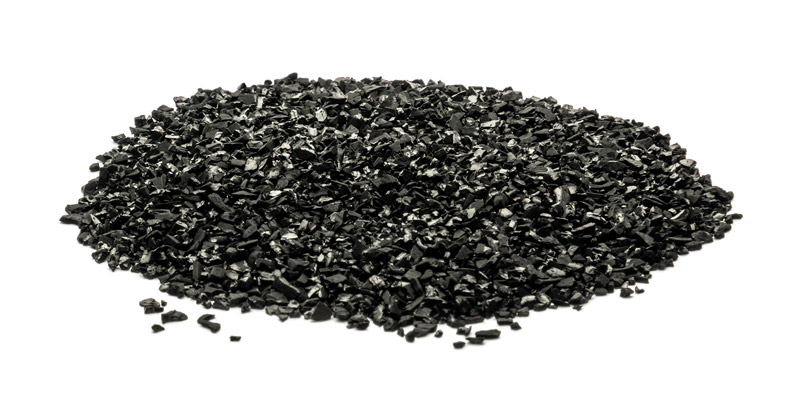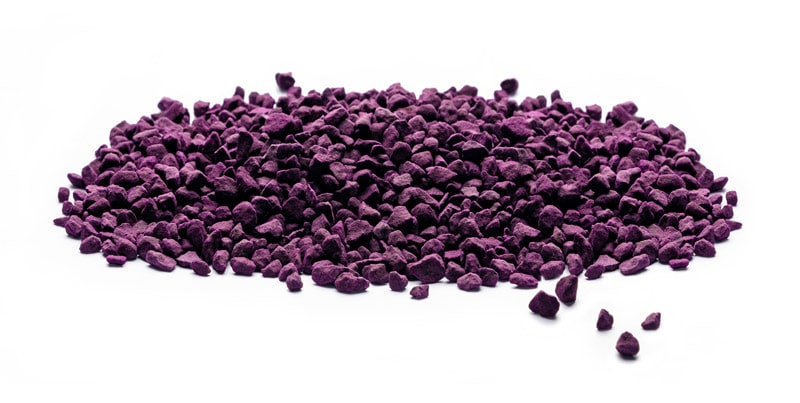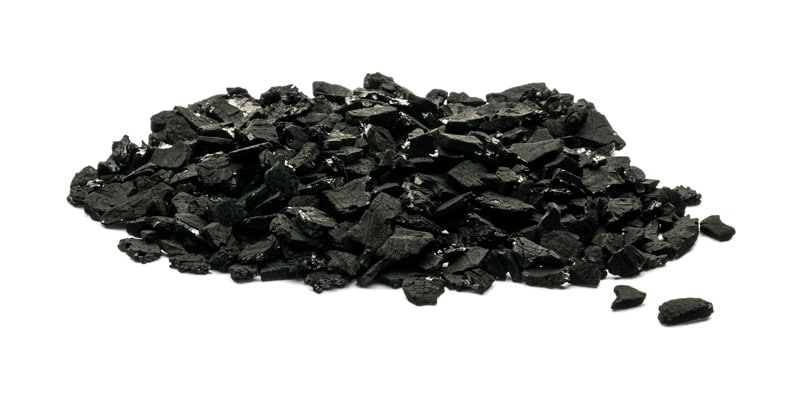Air Pollutants
Search for your pollutant, contaminant or concern for a product
Butane
Butane is a gas with the formula C4H10 that is an alkane with four carbon atoms. The term may refer to any of two structural isomers, or to a mixture of them: in the IUPAC nomenclature, however, butane refers only to the unbranched n-butane isomer; the other one being called “methylpropane” or isobutane.
Butanes are highly flammable, colorless, easily liquefied gases. The name butane comes from the roots but- (from butyric acid) and -ane.
Media Solution
Butanone
Butanone, also known as methyl ethyl ketone or MEK, is an organic compound with the formula CH3C(O)CH2CH3. This colorless liquid ketone has a sharp, sweet odor reminiscent ofbutterscotch and acetone. It is produced industrially on a large scale, and also occurs in trace amounts in nature.[2] It is soluble in water and is commonly used as an industrial solvent.[3]
Media Solution
Butyl acetate
n-Butyl acetate, also known as butyl ethanoate, is an organic compound commonly used as a solvent in the production of lacquers and other products. It is also used as a synthetic fruit flavoring in foods such as candy, ice cream, cheeses, and baked goods. Butyl acetate is found in many types of fruit, where along with other chemicals it imparts characteristic flavors. It is a colourless flammable liquid with a sweet smell of banana.
The other three isomers of butyl acetate are: isobutyl acetate, tert-butyl acetate, and sec-butyl acetate.
Media Solution
Butyl Alcohol
Any of the four isomeric alcohols of formula C4H9OH:
- n-Butanol, butan-1-ol, 1-butanol, n-butyl alcohol;
- Isobutanol, 2-methylpropan-1-ol, isobutyl alcohol;
- sec-Butanol, butan-2-ol, 2-butanol, sec-butyl alcohol;
- tert-Butanol, 2-methylpropan-2-ol, tert-butyl alcohol.
It can also refer to butanol fuel, a proposed alternative to gasoline.
Media Solution
Butyl Aldehyde
An aldehyde is an organic compound containing a terminal carbonyl group.This functional group, which consists of a carbon atom bonded to ahydrogen atom and double-bonded to an oxygen atom (chemical formulaO=CH-), is called the aldehyde group . The aldehyde group is also calledthe formyl or methanoyl group.
The word aldehyde seems to have arisen from al cohol dehyd rogenated .In the past, aldehydes were sometimes named after the correspondingalcohols, for example, vinous aldehyde for acetaldehyde. ( Vinous is fromLatin vinum = wine, the traditional source of ethanol; compare vinyl.)
The aldehyde group is polar. Oxygen, more electronegative than carbon,pulls the electrons in the carbon-oxygen bond towards itself, creating anelectron deficiency at the carbon atom.
Owing to resonance stabilization of the conjugate base, an α-hydrogen in analdehyde is more acidic than a hydrogen atom in an alkane, with a typicalpKa of 17.
Media Solution
Butyl Cellosolve
Butoxyethanol is an organic solvent with the formula BuOC2H4OH (Bu = CH3CH2CH2CH2). It is a colorless liquid with a sweet, ether-like odour. It is a butyl ether of ethylene glycol. It is a relatively nonvolatile, inexpensive solvent with modest surfactant properties.
Media Solution
Butyl Chloride
1-Chlorobutane is an alkyl halide with the chemical formula C4H9Cl. It reacts with lithium metal to give n-butyllithium:[1]
- 2 Li + C4H9Cl → C4H9Li + LiCl
Media Solution
Butyl Ether
Methyl tert-butyl ether, also known as methyl tertiary butyl ether and MTBE, is an organic compound with molecular formula (CH3)3COCH3. MTBE is a volatile, flammable, and colorless liquid that is immiscible with water. It has a minty odor vaguely reminiscent of diethyl ether, leading to unpleasant taste and odor in water. MTBE is a gasoline additive, used as an oxygenate to raise the octane number. Its use is controversial in the US and declining in that country in part because of its occurrence in groundwater and legislation favoring ethanol. Worldwide production of MTBE has been constant at about 18 million tons/y (2005) owing to growth in Asian markets which are less subject to ethanol subsidies
Media Solution
Butyl Mercaptan
Butanethiol, also known as butyl mercaptan, is a volatile, clear to yellowish liquid with a fetid (extremely foul-smelling) odor, commonly described as “skunk” odor. In fact, butanethiol is structurally similar to several major constituents of a skunk’s defensive spray. The scent of butanethiol is so strong that the human nose can easily detect it in the air at concentrations as low as 10 parts per billion.
Butylene
In chemistry, butylene may be an alternate name for the hydrocarbon butene, C4H8. It is also a divalent functional group with formula C4H82• that can be seen as the result of removing two hydrogen atoms from a butane molecule, leaving two free bonds.
There are several isomers of butylene, depending on the starting isomer of butane and the positions of the free bonds:
- From straight-chain butane (n-butane):
- 1,1-Butylene
- 1,2-Butylene
- 2,2-butylene
- 1,3-Butylene
- 2,3-Butylene (which has two stereoisomers, cis and trans)
- 1,4-Butylene
- From branched butane (isobutane, methylpropane):
- 1,1-Isobutylene
- 1,2-Isobutylene
- 1,3-Isobutylene
 HS-AC Water
HS-AC Water
 HS-600
HS-600
 HS-AC
HS-AC